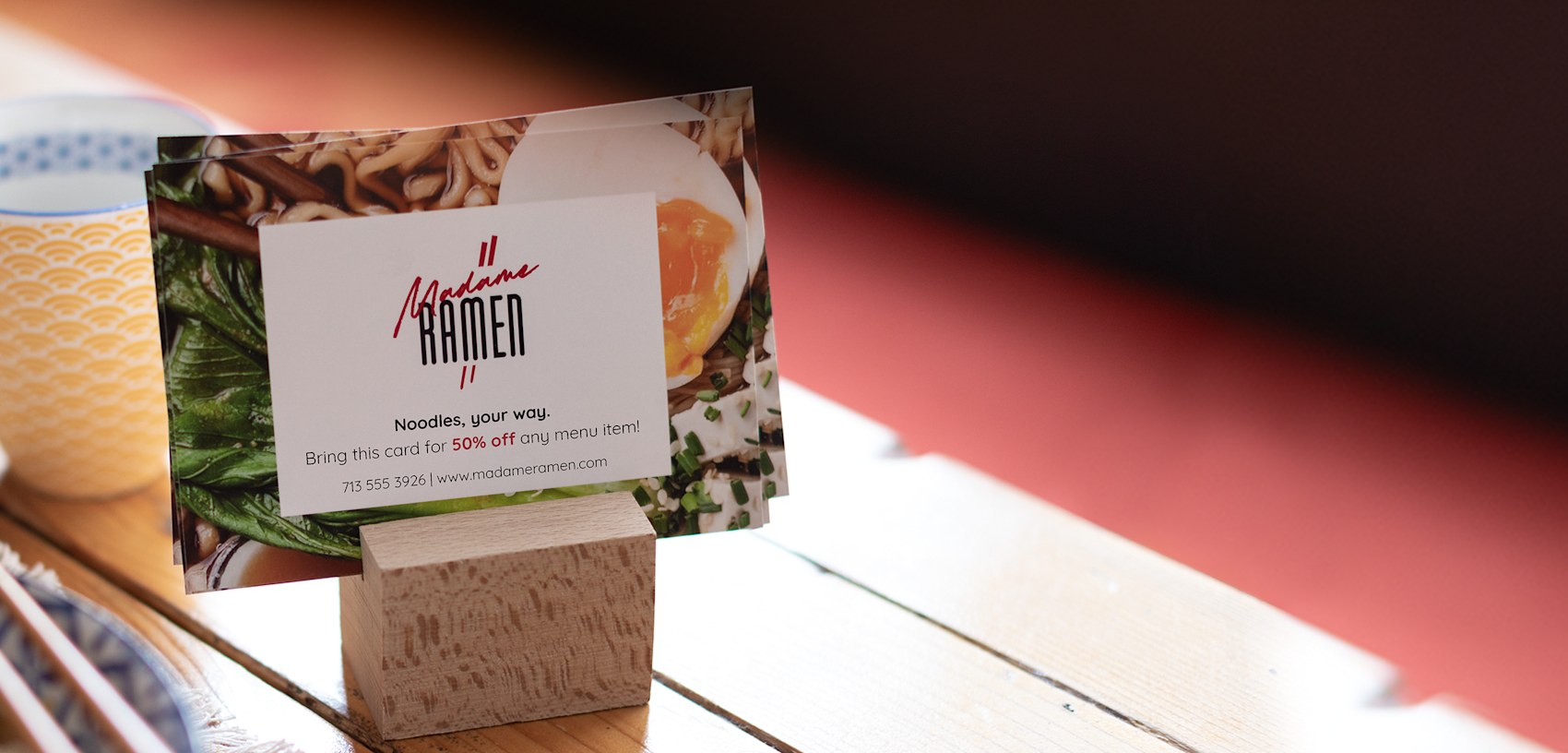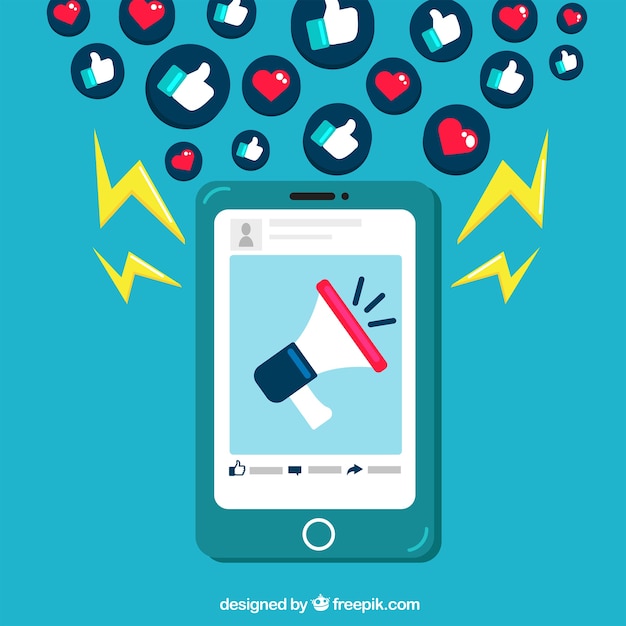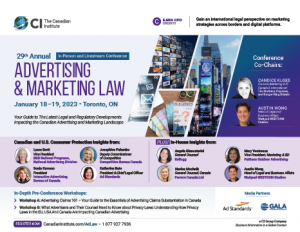
Although ads were always a part TV, there are many ways to reach consumers. Advertisers are able to target specific audiences, serve ads before any content, and even measure the effectiveness of their ads. Increased demand from advertisers to reach a wider audience has resulted in the development of digital mediums. These mediums make it easy to track the results and give marketers a better insight into their campaigns.
As streaming video continues to grow in popularity, advertisers are shifting more money to this channel. It's also a great way for advertisers to reach an audience that doesn’t pay cable. For instance, Netflix users watch 57 percent of their time on the service. Similarly, smart TVs can be used to reach a wide variety of viewers. But they are not suitable for traditional advertising campaigns. It is therefore crucial to learn how to buy ad-space in the streaming market.
Streaming video ads can be viewed on devices such as Apple TV or Disney+. Some ads are sold via ad servers while others are sold through advertising networks. These ads are being sold by several major TV channels as well as streaming services. In addition, marketers can use programmatic TV advertising, which allows them to see ad click rates, ad ROI, and ad cost per click.

However, live TV commercials can be highly effective and can pose a threat for an advertiser's commercial objectives. These ads are made using still images that have been combined in a way that makes them seem to be moving. This technique is great for capturing spontaneous reactions and real-life realism but it can also lead to viewers losing control. This is particularly true for ads that run in live broadcasts.
The same ad was used on every game of the Stanley Cup Finals 2010. In fact, it was the most-viewed TV program of all times. Professional sports writers were critical of the ads.
Many theatres run a few dozen ads per loop. This was common back in the 90s when syndicated children’s shows often featured ads. One commercial featured a boy singing a song about the Cabbage Patch Kids video tape. Another commercial featured a Hispanic boy singing a song about a Cabbage Patch Kids VHS tape.
Ads can also run during breaks within a show. Examples include the Geico Insurance ad, and the Shults Ford radio ad. Both ads are both short and clever. These ads are often paired with the company name to speed up the ad. It leads to "YEEHAW!" tag.

The CW4Kids' Friday fall preview featured the same two ads every week. However, they were not Sketchers ads. During the same time, there were also Oxi-Clean, UNICEF and ASPCA ads.
On a similar note, a Cabbage Patch Kids commercial featured a light-skinned Hispanic group and a male singer. This commercial is also available in black or white.
Finally, OTT space ad pod management is improving. It was a problem previously. Ad service companies focus on end-to–end solutions.
FAQ
What is an Ad Campaign?
An advertising campaign is a series of advertisements designed to promote a product or service. It may also refer to the entire production of such ads.
The Latin word "to sell" gave rise to the term "ad". Marcus Terentius Varro, 116-27 BC, was the first to use it. He used it as a verb that meant "to make a sales."
Advertising campaigns are most often done by large agencies or businesses. Advertising campaigns can involve many media types, such as television, radio, print, and the internet.
Advertising campaigns typically last for several months and have specific goals. Some campaigns are designed to increase awareness, while others aim to increase sales.
How can you choose your target audience?
Start with yourself, and the people closest to you. If you don't know where to begin, ask yourself, "who am I trying to reach?"
Ask yourself the following questions: Who are my industry's most influential people? What problems do they have to deal with every day? Who are the smartest people in my industry? Where do they hang out online?
Start at the beginning of your business. Why did you begin? What was your problem and how did it solve?
These answers will help identify your ideal clients. You'll also learn more about what makes them tick and why they buy from you.
For clues on who your competitors cater to, check out their websites and social media pages.
Once you've identified your target customers, you'll need to decide which channel(s) to use to reach them. A website might be created to reach home buyers, for instance, if your business provides services to agents in real estate.
If your company provides software to small businesses, you might consider creating a blog for those owners.
If you sell clothing, you could create a Facebook page for teens. You could also set up a Twitter account if your restaurant is a business owner to help parents find kid-friendly restaurants.
You have many options to convey your message.
Is there a way for me to get free traffic?
The traffic that is free comes from organic search results and does not require you to pay for ads. This type is known as natural, or organic traffic. There are many ways to get free traffic, such as article marketing, social media marketing, blogging, etc.
Article Marketing is one way to get free traffic. Paying for ads is often more expensive than CPC. Article marketing is also referred to as content marketing.
Social Media Marketing - Social media sites like Facebook, Twitter, and LinkedIn allow you to promote your business through advertising. These social media platforms can be used to post updates and share photos. You may also build relationships with potential customers. Many businesses choose to buy ad space in social media because they want a wider reach at a reduced price.
Blogging - Another great way to generate traffic is blogging. High quality content will draw people to your blog. You can sell products and services once you have attracted visitors to your blog.
Email Marketing – Email marketing has been around ever since the dawn of the Internet. However, it remains one of your best methods to drive traffic to you website. It is a great way to increase your subscriber base and sell products.
Radio advertising: What are your options?
It is important to understand the interdependence of different media types. All media forms can be considered complementary, rather than competing.
Radio is best utilized as an extension to TV advertising. Radio complements television advertising by reinforcing key messages or providing additional information.
Radio listeners are often not able to handle long TV commercials. Radio ads are generally shorter and less expensive.
How much does advertising on social media cost?
If you decide to go this route, you should know that social media advertising is not free. You will be charged monthly for your time spent on each platform.
Facebook - $0.10 for 1,000 impressions
Twitter - $0.20 Per 1,000 Impressions (if you tweet).
Send out invitations on Linkedin for $0.30 per 1000 impressions
Instagram - $0.50 per 1,000 impressions.
Snapchat - $0.60 for 1,000 impressions ($0.40 Per User)
YouTube - $0.25 per 1,000 views
Tumblr - $0.15 per 1,000 impressions for text posts.
Pinterest - $0.05 per 1,000 impressions per month
Google + $0.15-$0.20 Per 1 Million Impressions
Tumblr - $0.15- $0.20 per 100,000 impressions
Vimeo - $0.20 - $0.25 for 10,000 impressions
Soundcloud: $0.20-$0.25 Per 1 Million Plays
StumbleUpon - $0.20 -$0.25 per 1 billion pageviews
Digg - $0.20 to $0.25 per 1000 diggs
Reddit: $0.20-$0.25 for 1000 comments
Wordpress - $0.20 to-$0.25 for 500 comments
Flickr - $0.20 -- $0.25 per 5,000 photo uploads
What does it mean to be an advertiser buyer?
Advertisers buy advertising space on television, radio, and print media.
An advertiser pays for the time they want their message to appear.
They don't necessarily seek the best ad; they want to reach their target markets with the most effective ad.
An advertiser might have information specific to their potential customers such as age and gender, marital status or occupation, hobbies, interests, income, etc.
Advertisers can use these data to determine the best medium for them. They may decide that direct mail works better with older people.
Advertisers also consider the competition. Advertisers may choose to place ads near competitors if there are similar businesses in the area.
In addition, advertisers consider the size of their budget and the amount of time they have to spend their money before it expires.
What is advertising?
Advertising is an art. It's not just about selling products. It's about creating emotional connections between people and brands.
Advertising is about communicating ideas through images and stories.
Communication must be clear and persuasive. It is important to share a story that appeals to your target audience.
Advertising is therefore distinct from other forms communication such as writing and public speaking.
When you create a winning ad campaign, it is creating your brand identity.
This is how memorable you can be. People want to remember you.
Statistics
- Advertising's projected distribution for 2017 was 40.4% on TV, 33.3% on digital, 9% on newspapers, 6.9% on magazines, 5.8% outdoor, and 4.3% on radio. (en.wikipedia.org)
- In 1919 it was 2.5 percent of gross domestic product (GDP) in the US, and it averaged 2.2 percent of GDP between then and at least 2007, though it may have declined dramatically since the Great Recession. (en.wikipedia.org)
- Google will display whichever ad type (CPM or CPC) is expected to earn more revenue for the publisher, which is in Google's best interest since they take a 32% share of the revenue. (quicksprout.com)
- Advertising spending as a share of GDP was about 2.9 percent. (en.wikipedia.org)
External Links
How To
How to make Sponsored Ads on Facebook
Facebook has become one of the most popular social networking platforms. According to estimates, there are 1.79 million active monthly users around the world. The number keeps growing every day.
Facebook is completely free. However you can pay to reach specific audiences. You can use paid advertising options such as banners, promoted posts, etc.
Log in to an existing app, if you already own one. Otherwise, click "Create New App." These are the steps to follow:
-
Click "Add Platform," under the Apps Section.
-
Select "Advertising", then click on Continue.
-
Complete the form and send it in.
-
After approval, you will get a Client ID and Secret key. You will need to copy them.
-
Add the keys to the appropriate fields.
-
Enter the campaign name, then choose the currency.
-
Click "Begin Campaign"
-
Follow the instructions until your first banner appears. Copy the URL, then go back to your Facebook profile.
-
Paste your code in the box provided by Facebook.
-
Hit "Save Changes"
-
Your ad should now be live!
-
Repeat steps 10-12 for each banner you would like to make.
-
After you're done, click "Continue". The rest of the process will continue.
-
Finalize the creation of your ad groups.
-
To view all your campaigns, click on the "View All Ads” button once you have completed.
-
Simply click the "Remove ad" button next each individual ad.
-
If you don’t see results after running your campaigns, ensure that you followed all the directions.
-
Make sure to check the dates of your campaign.
-
Set your budget accordingly.
-
Save your changes.
-
Review the settings for your campaign before clicking "Submit."
-
Your ads will appear on your timeline when you wait.
-
Congratulations for a job done well!
-
Let's now look at some tips to improve your results.